Published in Southern California Physician Magazine (January 2014, p. 22)
Cal-MediConnect: Rebalancing LTSS in California
By Jason Bloome
Physicians and health care professionals who treat dual-eligibles (patients receiving Medicare and Medi-cal) can expect big changes when California, as part of the Affordable Care Act, implements Cal MediConnect (CMC) in 2014. CMC is a three year pilot program in eight counties (Los Angeles, Riverside, San Bernardino, Orange, San Diego, Alameda, Santa Clara and Mateo) in which an estimated 456,000 dual-eligibles will be contracted with health care plans (HMOs) to manage their care services.
Medi-cal services (including long term care, and In Home Supportive Services, etc.) for all dual-eligibles will be managed by a CMC HMO. Medicare services will be provided by a dual-eligible's existing Medicare provider or if he/she chooses, by the CMC HMO as well.
CMC is expected to improve quality outcomes, streamline health care delivery, and contain Medicare/Medi-cal costs. CMC's primary goals include: enhancing the ability for consumers to self-direct their careand rebalancing California's long term support and services (LTSS) from skilled nursing facilities (SNFs) to home and community base care settings, such as Residential Care Facilities for the Elderly (RCFEs).
Small RCFEs comprise a large part of California's care continuum. Of the estimated 7,500 RCFEs in California, 80% are houses where two staff assist 4-6 residents with 24-hour custodial care needs (e.g. require help with dressing, bathing, incontinence, are non-ambulatory, have dementia or Alzheimers).
The CMC Memo of Understanding allows HMOs to pay for care services provided in RCFEs (8 out of 10 dual-eligibles are 65+). Dual-eligibles migrating to these settings will come from home (e.g. when their care needs exceed the maximum allowable IHSS hours: 283 hours/month or 9 hours/day), from hospitals (e.g. at the point of discharge, when they require too much care to return home but do not need skilled nursing care) and from SNFs (e.g. for patients eligible for nursing home transition, also known as Money Follows the Person - MFP).
California has a dismal record in regards to MFP and has spent millions of dollars without producing significant results. Since 2008, it has spent more than $41 million in grants awarded the state by the Centers for Medicaid and Medicare Services and has only transitioned 828 MFP patients (Kaiser Health News, May 2012). In comparison, Texas, as of August 2012, has transitioned more than 6,072 SNF patients back into the community (Kaiser Foundation: Money Follows the Person Issue Paper, February 2013).
While not every eligible senior will want to participate with MFP, many, if given the choice, will choose to receive their care in RCFEs. The 2008 California Pathways/ MFP study found in two of the participating SNFs, a large percentage of patients (25% and 56%, respectively) expressed a strong preference for transition.
The AARP/SCAN 2011 Long Term Care State Report Card predicts, if California improved its performance to the level of the highest performing state, 11,000 new users of Medi-cal LTSS would benefit from nursing home diversion and 9,800 current SNF residents with low level care needs would be eligible for nursing home transition.
Paying for SNFs for patients who do not need to be there will be an expensive proposition once CMC HMOs paid a capitated rate are fiscally responsible for a patient's Medi-cal expenses. Medi-cal currently reimburses SNFs $5,300/month. The average cost for RCFEs is $2,200/month for a shared room. Allowing current SNF residents or patients at risk of institutionalization to use Medi-cal dollars to reside in RCFEs will save money and promote MFP expansion in the future.
Community based care funding will have other positive outcomes as well. In 2013, the Centers for Medicare and Medicaid Services (CMS) CMS levied $227 million in Medicare fines against U.S. hospitals that readmitted patients too soon after discharge (1 in 5 patients discharged from a hospital are readmitted within one month). Low-income elderly patients who bounce back to hospitals because they have insufficient care support at home would benefit from the option of residing in RCFE settings.
Physicians and health care professionals oftentimes have no choice but to recommend SNFs for low-income patients who require 24-hour custodial care but do not have skilled nursing needs (e.g. have a g-tube, i.v., ventilator, require rehabilitation). CMC offers the bright promise of change in the future: a chance for California to rebalance its long term support and services, the ability of consumers to self-direct where they would like to receive their care and, for thousands of low-income seniors eligible for MFP, pathways from institutions back into the community.
CMC passive enrollment begins in April 2014 and will roll out over a 12 month period. More information about CMC can be found at: www.calduals.org.
Jason Bloome is the owner of Connections. For more information, please call (800) 330-5993 or visit www.carehomefinders.com. He can also be reached at carehomefinders@gmail.com.
